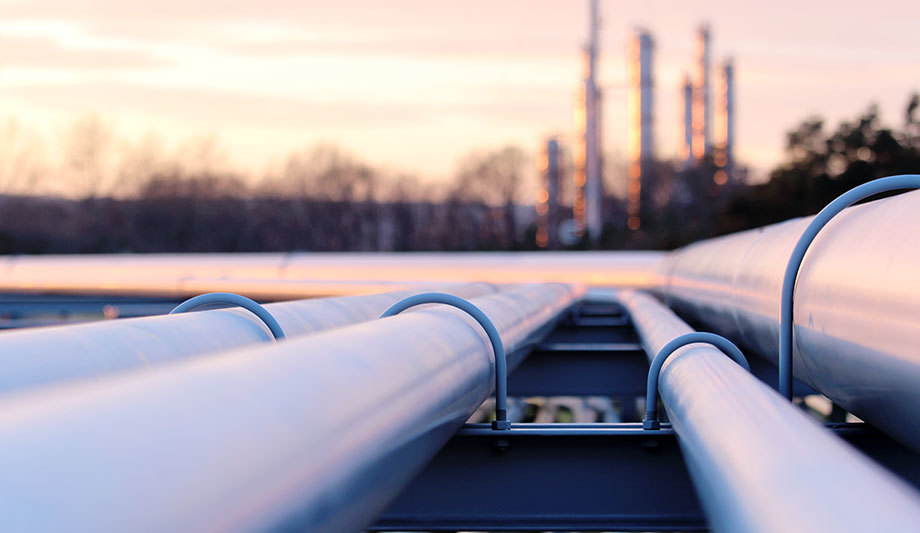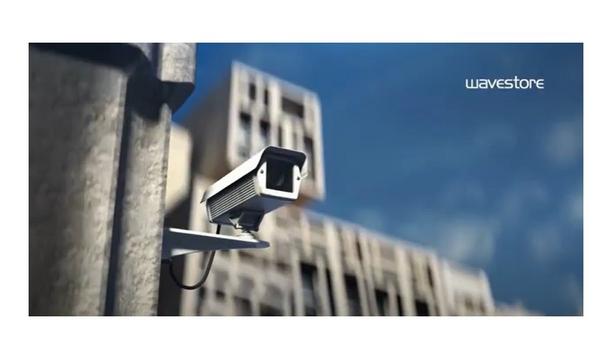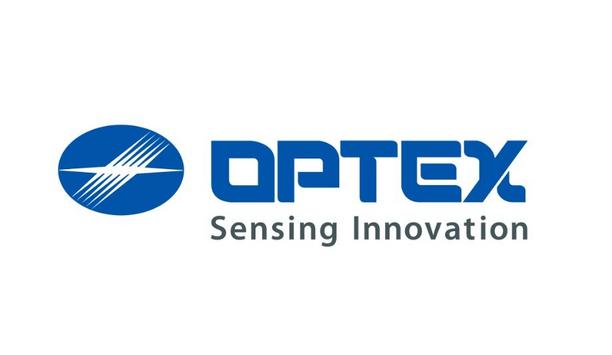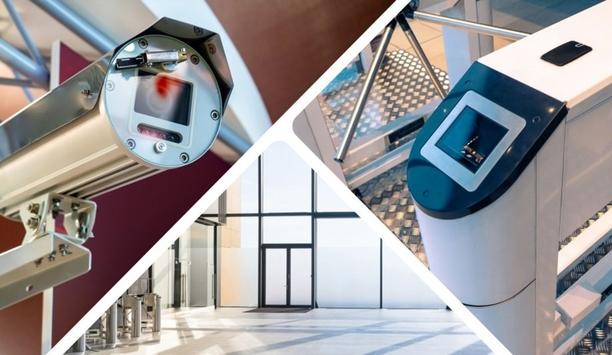The oil and gas market is driven by a number of technology trends, political issues, waves of supply and demand, and regulations. At times, it seems like the market is in a constant state of ebb and flow, with business affected by traditional drivers, such as government mandates and operational efficiencies, and other non-traditional markers, like challenging weather conditions (consider the 2017 hurricane season as an example). Additionally, the global economy continues to grow, propelling increased energy demand.
But like nearly every other market today, the oil and gas market is on the brink of a sea change. According to Deloitte’s 2018 outlook on oil and gas, “the digital revolution is here.” The sheer volume of information and data generated by digital devices, such as those associated with the Internet of Things, will allow producers to leverage rich data and combine it to deliver smart, efficient solutions. The rise of digital technologies is unleashing new ideas across the oil and gas industry and even though we are in the beginning stage of being able to harness the power of these types of technologies, innovative ideas are emerging — all designed to support the core business, reduce internal investments, deliver products faster, boost efficiencies, and enhance safety.
Maximized Operations And Increased ROI
This ongoing growth propels energy producers to embark on extensive exploration and production activities to meet increased demand
This is welcome news because there are a number of challenges facing the oil and gas industry, from improving reserve replacement and ensuring workplace safety to reducing operating costs and limiting downtime. All of these objectives must be achieved while maximizing operations and increasing overall return on investment. Never has it been more crucial for critical infrastructure organizations to demonstrate a focus on safety, security, and collaboration. Here's why:
- Growth and demand
According to the U.S. Energy Information Administration, world energy consumption will grow by 56 percent between 2010 and 2040. This ongoing growth propels energy producers to embark on extensive exploration and production activities to meet increased demand. As energy-centric organizations look to emerging markets or remote regions to source production, safety becomes even more mission-critical to their success.
- Compliance
Continuous demand is only one challenge; compliance with industry and government regulations is another significant hurdle that must be maintained or there is risk of production shutdowns. For example, the Department of Homeland Security’s Chemical Facility Anti-Terrorism Standards (CFATS) impose comprehensive federal regulations for high-risk chemical facilities, requiring organizations to conduct vulnerability assessments. This is just one of many regulatory procedures sites must follow to conform to environmental protections, safety precautions, and safe handling of hazardous materials.
 |
| As energy-centric organizations look to emerging markets or remote regions to source production, safety becomes even more mission-critical to their success |
Threat Protection, Mitigation, And Collaboration
In addition to meeting the requirements of regulatory procedures, mitigating risk in this industry propels leaders to develop stringent strategies to ensure robust protection of people, property, and assets, effective and efficient response to incidents when they occur, and procedures and protocols to ensure business continuity in emergency situations.
Energy providers require comprehensive safety planning and technology systems that can augment the capabilities of on-site and remote personnel. In recent years, video solutions have become the standard for monitoring facilities, assets, and employees, and now these organizations require enterprise-class solutions that can help gather intelligent data that allows for enhanced security and safety efforts but also focus on processes that enhance operational efficiencies.
Cyber-attacks are becoming increasingly more complex and sophisticated in the oil and gas market
IT security is also a concern. Cyber-attacks are becoming increasingly more complex and sophisticated in the oil and gas market. An IT breach can cause operational havoc, risk to the public, and damage to an organization’s brand. Adopting a continuous improvement approach to a security strategy safeguards and helps protect valuable company information and reduces the likelihood of an incident. Also, collaboration between IT and physical security leaders and the correlation of both departments' data makes it much easier to identify a potential breach before havoc ensues.
The Digital Age
With the rise of the digital revolution and the demand for data to improve insight, oil and gas producers and businesses need to find new ways to capture data, correlate it as needed, and then leverage it to make the most informed decisions. Software platforms are being used in a wide variety of applications to provide a single pane-of-glass view that allows operators to gain critical insight into operations.
By collecting intelligence from digital sensors, such as video surveillance cameras, open-source Web intelligence, building systems, crowdsourcing, weather sensors, mobile devices, and more, operators can detect potential risks and manage and respond to situations more efficiently. Furthermore, information can be shared easily with multiple agencies, employees, citizens, and first responders — especially valuable in the event of a safety incident where rapid response is paramount. By creating a single enterprise-wide view across disparate systems and technologies, organizations experience improved response times, lowered operational costs, and increased employee safety.
 |
| Cyber, traditional security, digital devices, and situational awareness technologies combine to deliver an integrated, automated, and adaptive architecture to efficiently mitigate advanced threats in real time or forensically |
Traditional Command Centers
Intelligent solutions, such as those derived from the idea of artificial intelligence, help organizations make sense of vast amounts of data. These integrated applications, such as advanced video analytics and facial recognition, can automatically pinpoint potential breaches and significant events, and send alerts to the appropriate personnel, departments, and agencies. These solutions can be powerful in unifying disparate command center technologies within the oil and gas industry, fusing critical data input from emergency calls and responder activity to enhance situational awareness.
With traditional command centers relying mostly on call and radio updates, visibility can be limited, but new digital platforms enable operators to oversee a situation and engage with and direct the response force. Overall, these types of automated functions deliver a simplified and modernized operating environment.
The Future Is The Intelligent SOC
Oil and gas facilities can implement a proactive approach to safety and better mitigate threats and protect assets
All of these digital solutions are designed to take center stage within the Intelligent Security Operations Center (ISOC). To combat advanced, multi-stage threats, oil and gas facilities are transforming the traditional SOC into the next-generation unified ISOC with an integrated platform for detection, investigation, communication, and response.
Cyber, traditional security, digital devices, and situational awareness technologies combine to deliver an integrated, automated, and adaptive architecture to efficiently mitigate advanced threats in real time or forensically. Energy providers operate in challenging, fast-moving environments in which opportunities, requirements, and regulations can vary widely, change quickly, and evolve significantly over time. As the idea of the digital age continues to transform this market, new technologies will be more widely used to improve business operations from exploration and extraction to transportation and distribution.
With the right technology, strategic partnerships, and enhanced situational awareness, oil and gas facilities can implement a proactive approach to safety and better mitigate threats and protect assets, while continuing to focus on achieving business goals that will sustain supply and demand for years to come.






















